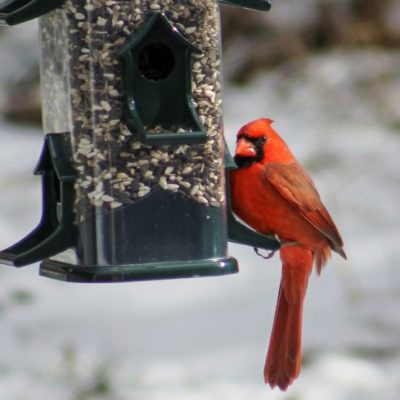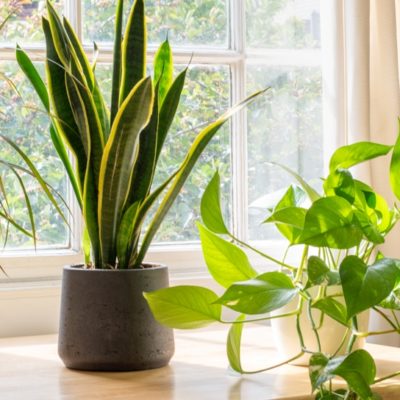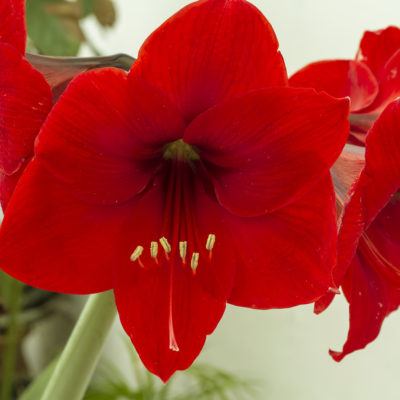
Tropical Plant Profile: Whale Fin Snake Plant
Whale, whale, whale, what do we see in our front Cactus display garden? It’s a Whale Fin Snake Plant, a rare member of the Sanseveria/Snake Plant family! And we’ve been able to propagate this fin-tastic specimen into ‘slightly’ more manageable pots so you can take one home for your own collection!
(Side note: we will try our best to keep the oceanic puns to a minimum. Sea how many you can find!)
There’s no mystery as to why they’re called Whale Fin, with extra large, extra wide leaves that spout straight up from the soil’s surface – the name is almost too obvious! Even just a single leaf makes a bold statement, plus it has all the advantages of being a part of the Snake Plant family pod. They can handle most light conditions, and prefer to dry out very well between deep waterings – they can even grow in Cactus soil that has added sand for drainage. And those extra wide leaves are fantastic at cleaning the air and increasing oxygen levels, just like their other Snake cousins. So it’s an easy care statement plant that doesn’t need to be coddled – what more could we ask for?
Whale Fins are some of the rarest Snake Plant varieties out there right now, so how did one land in our display garden? Well, back in the 1990s a now-long-retired supplier had individual pots for sale, each with a single Whale Fin leaf/rhizome, but they were calling them “Flemish” Snake Plants at the time. Of course, Belgian Nursery was intrigued by the name, of course, and excited to find such a rare specimen. We brought home a single pot and gave it a home in the front Cactus display garden, where it added to its pod of giant foliage until we had a rigid kelp forest filling the far corner.
Snake Plants spread by rhizomes, which are like rooted stems that spread horizontally underground with new shoots or “pups” shooting up through the soil. These rhizomes store moisture and nutrients and are one of the reasons you don’t need to water your Snake Plant as often as, say, your Goldfish Vine. And our Whale Fin was growing (and spreading) much faster than it would in normal home conditions, thanks to the Cactus & Succulent House’s untreated glass roof. All of these factors led to the decision to dig up the mother plant and divide the offshoots into more manageable pots, giving our customers a chance to share in her gigantic beauty.
Now, Snake Plant rhizomes can be thick and persistent, which is why you see many try to push through the sides of plastic pots. And that’s just a regular Laurentii Snake Plant; our Whale Fin had rhizomes as solid as a narwhal’s tusk! With so much going on under the surface, it’s no wonder that one leaf requires such a large pot – but it also means more space for new shoots to breach the soil!
The large pots of Whale Fin Snake Plant are all from Belgian’s specimen in the display Cactus garden, which grew from the single leaf, and you’re whale-come to bring a piece of Belgian’s history home with you!
Light: Medium to bright, indirect light. Most Snake Plants can tolerate low light locations; plants will grow slower in lower light conditions, and will require less frequent watering.
Water: Let plants dry out very well between deep waterings. You may need to water your pots several times to allow the soil to thoroughly absorb the moisture. Do not allow plant to sit in water; make sure to drain/remove excess liquid. Plants will require less frequent watering during the fall and winter months, when the days are shorter with less intense sunlight.
Fertilizer: Feed with an all-purpose fertilizer every other month.





